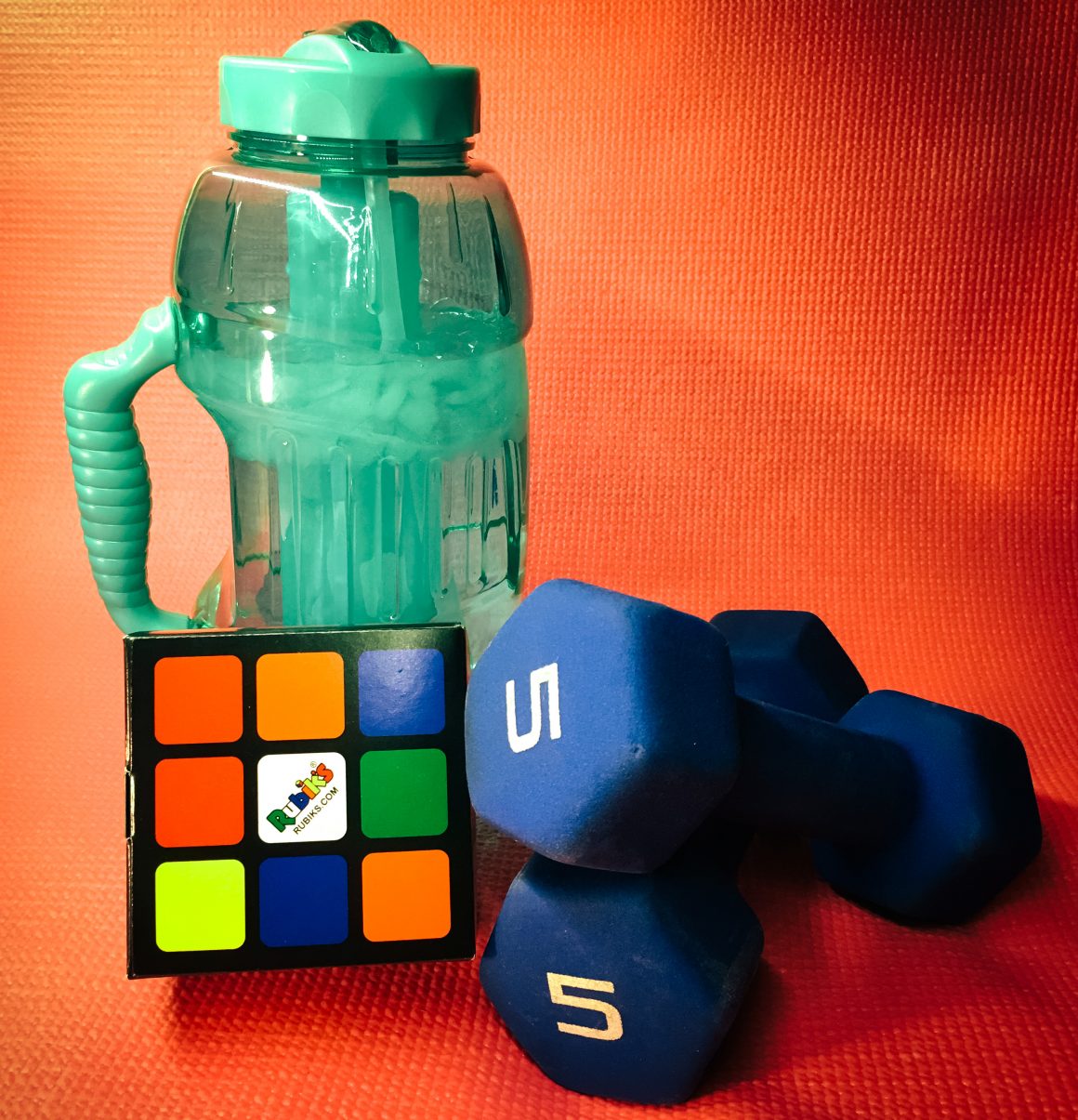
University of Calgary research reveals complexity of relationship between exercise and cognitive health
By Jennifer Khil, November 7 2017 —
From visits to the doctor’s office to posts on our Instagram feeds, we’re constantly reminded of the value of exercise. It’s become known as a fix-all for just about any health complication and is especially recommended for sedentary individuals — a lifestyle familiar to students swamped by endless papers and tests. While pronounced evidence exists showing that exercise can enhance well-being and mental clarity, the direct links between cognitive health and physical activity are intricate and difficult to study.
University of Calgary postdoctoral researcher Cameron Clark is currently analyzing this complex relationship through the “Brain in Motion” study. Clark was awarded a full T. Chen Fong Postdoctoral Fellowship in Imaging Science to fund his research. He is one of four scholars to receive the fellowship in 2017 and the year’s only full-fellowship awardee.
“Brain in Motion” is led by Cumming School of Medicine physiology and pharmacology professor Marc Poulin. Clark holds a strong background in clinical neuropsychology, focusing on cognitive tests and diagnoses related to traumatic brain injury, stroke and dementia. Clark and Poulin’s collaboration fuels a broad, interdiscplinary study of how exercise impacts brain health.
Clark plans to eventually return to clinical practice. However, he stresses that research is valuable in developing the knowledge and skills practitioners can use in clinical settings to further help patients.
“I’m still on the hunt for things that can make people smarter, extend cognitive functioning and recover from stroke or traumatic brain injury,” Clark said. “People diagnosed with early Alzheimer’s in clinical practice ask what they can do. I’m always dissatisfied with the typical advice I can give — ‘What’s good for your heart is good for your brain. Get exercising because that will help mitigate the neurodegenerative process’. I want to know that’s true and how we, as a research community, know that.”
In the last five years, Poulin’s team has extensively studied the effects of increased physical activity of 250 healthy but sedentary adults over the age of 55. This involved a six-month walking intervention taking place at the University of Calgary’s indoor track where participants gradually increased distance and speed traveled. Thirty individuals from the sample also underwent pre- and post-intervention MRI brain scans.
“[The participants] started walking for 20 minutes and progressed to a full 45-minute exercise with a warmup and cool-down,” Clark said. “We challenged them to increase the intensity themselves as well.”
Clark is currently assessing the resulting data to decipher changes in the brain after the six-month intervention.
“When looking subcortically at the deeper, older brain structures, there is some indication that cellular health is better in the area of the putamen [a part of the brain associated with limb movement] following exercise intervention,” said Clark. “The putamen is involved with learned physical behaviours, which are important in sports and exercise and in higher-order cognitive functions.”
While these results are promising, Clark emphasizes that there is still much to learn about how exercise affects mental health. But as extensive as this process is, there is value in revealing the complicated nature of knowing how to pursue a healthy lifestyle. Clark emphasizes that social, emotional, cognitive and physical forces all thread together and affect our health. This suggests that both improving and studying cognitive health demands a holistic approach.
“Our brains are our three-pound universes. Every thought, every person we know and every sensation we feel is made by our brains,” Clark said. “Something as seemingly complex as MRI is still nowhere nearly as complex as what’s going on in there. On one hand, the technology we have is amazing and on the other hand, we’re not even close to understanding what’s going on.”
Regardless of his findings, Clark is more aware about what motivates us to exercise and the importance of pursuing activities we genuinely enjoy.
“Change is hard — that’s the number one rule of psychology. How can [people implement change] without stressing themselves out or having it impede other healthy things in their lives, such as socializing?” Clark said. “This study has also changed the way I think about my parents. There’s more fuel on the fire to convince my dad to get out on a bike.”
Despite the colossal amount of work remaining, Clark embraces the difficulty of the learning process with optimism.
“What can you get people to do that will be better for their cognitive health? That is my personal interest in all of this and what drew me to the lab,” he said. “This dataset will be interesting in 10, 20 years from now. It will keep giving as time goes on — as long as we want to find something to motivate or assure people that they’re doing the right things for their health.”
Click here to learn more about Clark and the “Brain in Motion” study and here for more information on the follow-up study, the “Brain in Motion II”.
